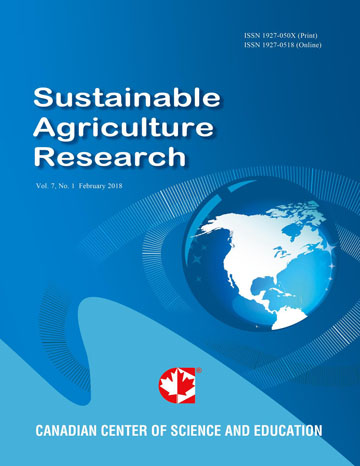A Comprehensive Review on Sustainable Industrial Vertical Farming Using Film Farming Technology
- Zitian Zhang
- Michel Rod
- Farah Hosseinian
Abstract
Rapid population growth is expected to lead to the global population reaching 8.9 billion by 2050. In order to sustain such population growth, global food production must grow more than 70% by 2050. Arable land per capita, however, is on the decline. Vertical farming (VF) provides an enterprising solution to these concerns. VF utilizes stacked levels of growing racks and beds to maximize grow space per square foot of land and typically uses hydroponics to reduce water use. Similarly, film farming (FF) is a new agricultural technique developed in Japan for the soilless cultivation of crops while drastically reducing water use. FF has the potential to be integrated into VF systems to improve water use efficiency, and further improve food safety. This, however, relies on the possible improvements in yield and plant quality to increase sales volume and price to offset the added cost of FF. This review illustrates a cost-benefit analysis of a theoretical VF to show the yield increase and price point needed for FF integration to be viable as 27 247 kg (43.57%) and $9.67/kg (26.90%) respectively. This review also shows the benefits to yield and quality is enough for the integration to be viable.
 PDF
PDF
